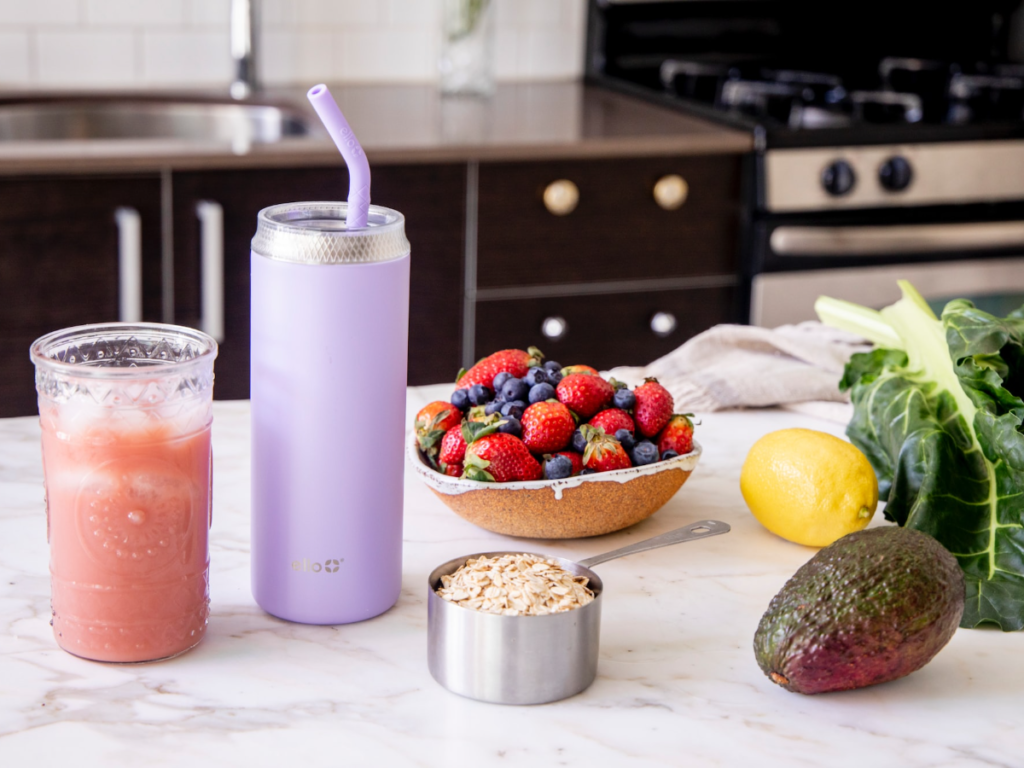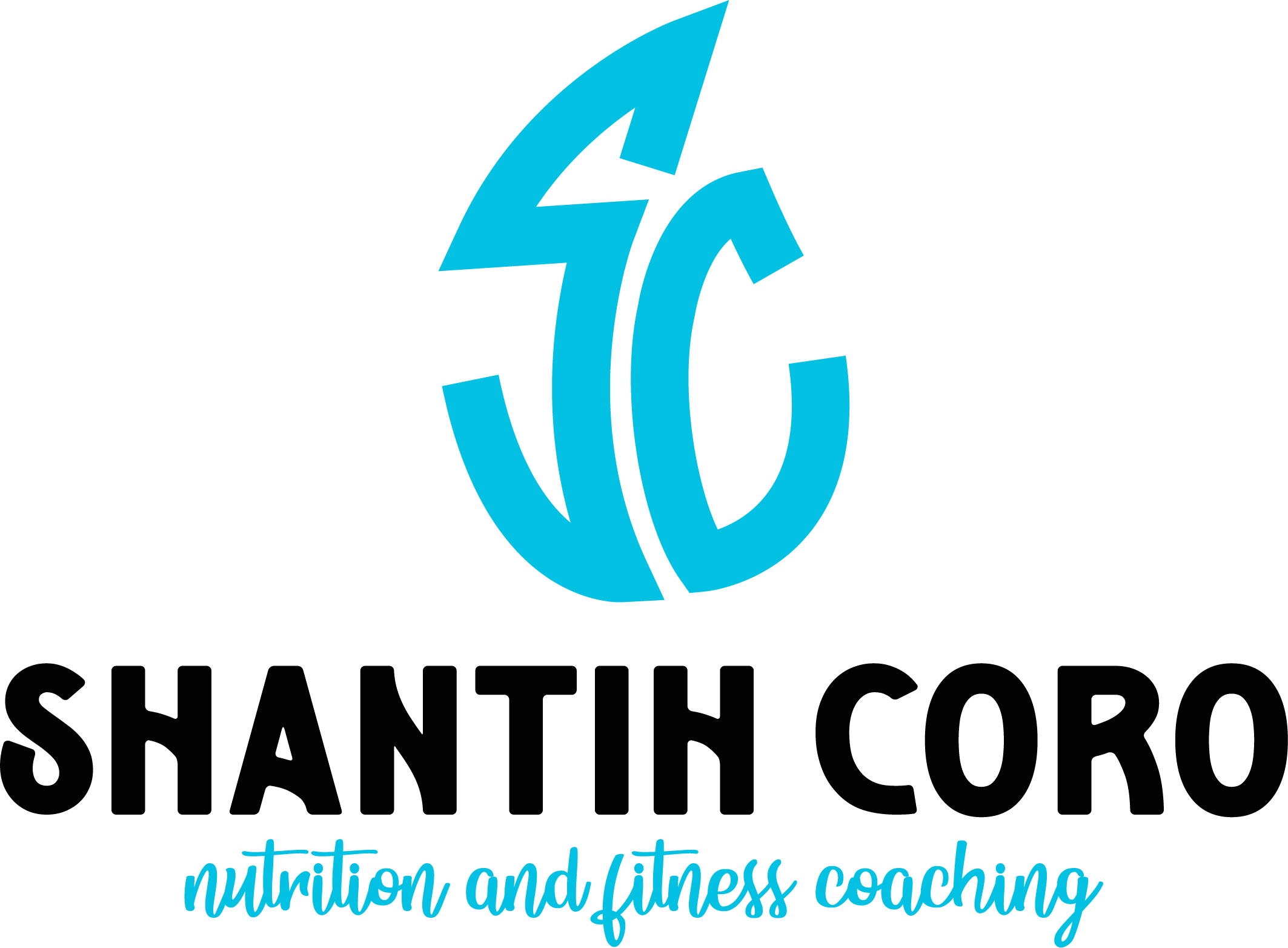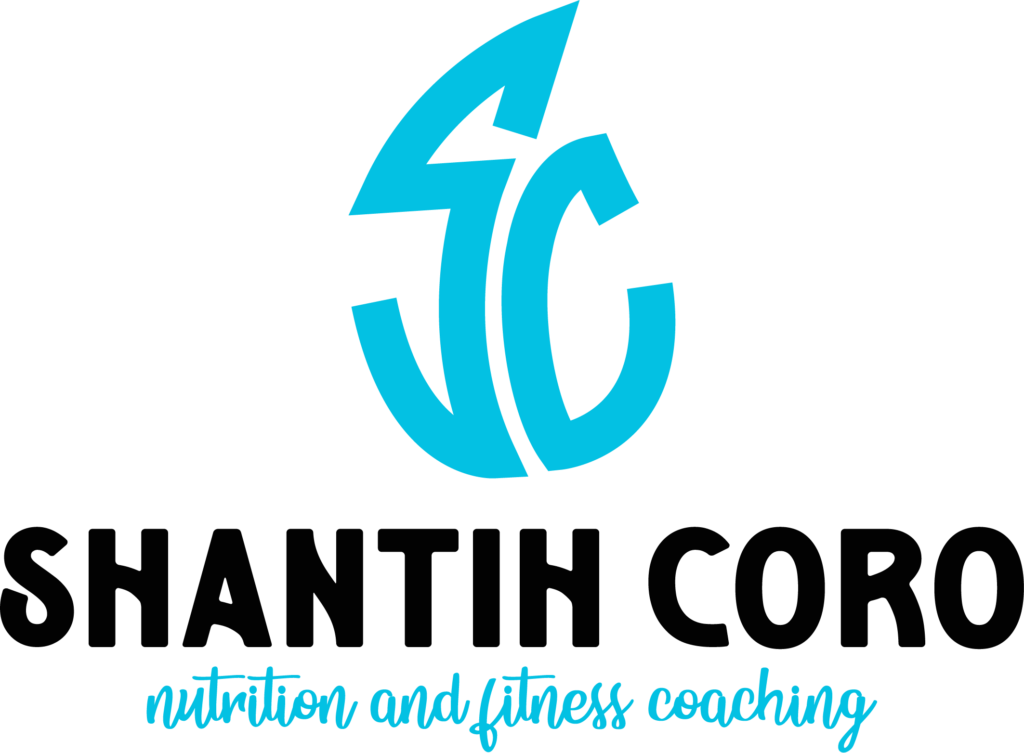Are You Getting Enough Fiber?

How much fiber do you eat in the average day? The recommended daily amount is 25g for women (and 38g for men). According to the USDA, a lot of us fall short of this and the average amount is just 15g per day.
Not getting enough fiber can make a big difference to your health and is even linked to diabetes. Plus, it’s bad news from a weight loss perspective too. A lot of people aren’t aware of the health benefits of fiber but it’s one of the easiest ways to stay healthy.
Signs you could be lacking in fiber
Got any of these problems? It could be a sign that you need to up your fiber intake:
- Constipation and struggling to pass stools easily
- Bloating
- Not feeling full, even after meals
- Weight gain, especially around your belly
Fiber and digestive health
One of the most obvious signs that you’re not getting enough fiber is constipation, especially if your diet also contains a lot of fat. If you’re generally only having a few bowel movements per week and your stools are dry and hard, there’s a good chance you’ll benefit from having more fiber in your diet.
Fiber and weight loss
Fiber helps to keep you feeling full, which is why it can be great for maintaining a healthy weight. Overeating is often a bigger issue if you’re not getting enough fiber in your diet as you’ll find it harder to feel full – sometimes even after you’ve just finished eating a meal.
Fiber rich foods are also digested at a slower rate, which helps to keep blood sugar and insulin levels more stable. Refined carbs that are low in fiber are digested quickly and spike your blood sugar whereas soluble fiber keeps things evened out. This is also one of the reasons why fiber can potentially protect against type 2 diabetes.
Soluble fiber versus insoluble fiber
So now you know a bit more how fiber can benefit your health, let’s talk more about the different kinds that you need to get into your diet. There are two main types of fiber: insoluble and soluble.
Insoluble fiber keeps your bowels moving and adds bulk to your stools so they can be passed more easily. If you’re struggling with constipation, this is likely to be the type of fiber that you’re most lacking in.
Both types of fiber are linked to better heart health and can make you less likely to develop metabolic syndrome, which can often pave the way for diabetes, heart disease and stroke.
Worried about your cholesterol levels? You’ll definitely want to know more about soluble fiber. As it moves through your digestive tract, it can bind to “bad” LDL cholesterol and they can leave your body together. If you don’t have that much fiber moving through your system, there isn’t as much scope for this and cholesterol has more potential for getting into your bloodstream.
How to get more fiber in your diet
How do you take advantage of the health benefits of fiber if you’re not getting enough at the moment?
If you’re eating a healthy, balanced diet, there are lots of opportunities to eat fiber and get your daily intake without too much extra effort. If there’s a good amount of plant based foods in your day-to-day diet, it’ll add plenty of fiber but if not, you can benefit from adding more plant based sources of fiber to your life.
Get more of the benefits of soluble fiber through oats, beans, peas, citrus fruits, pears, apples nuts and seeds.
For insoluble fiber, eat plenty of whole grains, nuts, apples and vegetables such as carrots, cauliflower, beets, cabbage, turnips and Brussels sprouts.
Some foods contain both types of fiber, including nuts and apples. You’ll get a great double whammy if you snack on these!
So, how might that look in reality when you come to plan your meals? Here are a few ideas for adding more fiber at specific times of day:
Breakfast: Whole grain or bran cereals topped with fruit or whole grain toast; porridge
Lunch: Vegetable soup with whole grain bread; salads with lentils, beans or chickpeas.
Dinner: Adding rice, beans, lentils, chickpeas and peas in curries, risottos, whole grain pasta dishes or casseroles or as a side dish; including veggies as side dishes.
Snacks: A handful of nuts and seeds; pieces of fruit; vegetable sticks/chunks.
If you’re upping your fiber intake, make sure you do it gradually. Gas, cramps, bloating and diarrhea are just a few of the things you might experience if you suddenly increase your fiber intake, especially if your diet has been low in fiber until now. Help your body to adjust to the extra fiber by just making small changes to begin with and building up from there.

